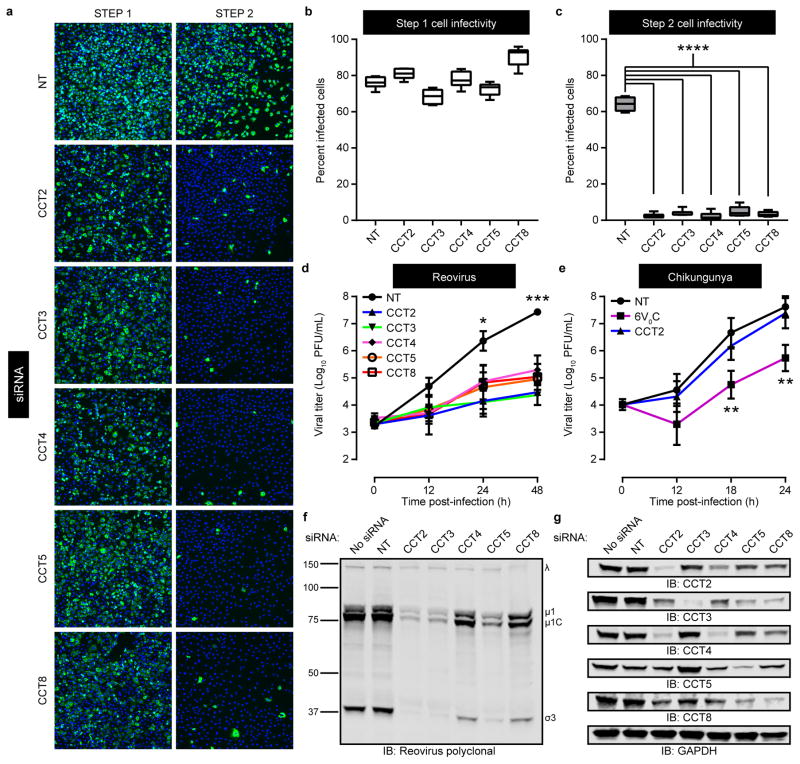Figure 2. The TRiC chaperonin is required for efficient reovirus replication, release, and protein expression.
a, Representative immunofluorescence images of step 1 and step 2 T1L reovirus-infected HBMECs transfected with a non-targeting (NT) luciferase-specific siRNA or TRiC subunit-specific (CCT) siRNAs and stained with DAPI (blue) and reovirus σNS-specific antiserum (green). b,c, Quantification of step 1 (b) and step 2 (c) percent-infected cells from (a). Data are presented as box-and-whisker plots of six technical replicates and are representative of three independent experiments (****, P < 0.0001; one-way ANOVA). d,e, Viral titers from T1L reovirus-infected HBMECs (multiplicity of infection [MOI] of 1 plaque forming unit [PFU] per cell) (d) or chikungunya virus-infected U-2 OS cells (MOI of 0.01 PFU/cell) (e) transfected with NT or TRiC subunit-specific siRNAs. An siRNA targeting the 6V°C subunit of the vacuolar ATPase was used as a positive control to impair chikungunya virus replication22. Data are presented as mean ± SEM of three independent experiments (*, P < 0.05; **, P < 0.01; ***, P < 0.001, one-way ANOVA). f,g, SDS-PAGE of HBMECs transfected with the indicated siRNAs, infected with T1L reovirus (MOI of 100 PFU/cell, 24 h post-infection), and immunoblotted for reovirus proteins (f) or TRiC subunits and GAPDH (g). Immunoblots are representative of three independent experiments conducted with similar results.

